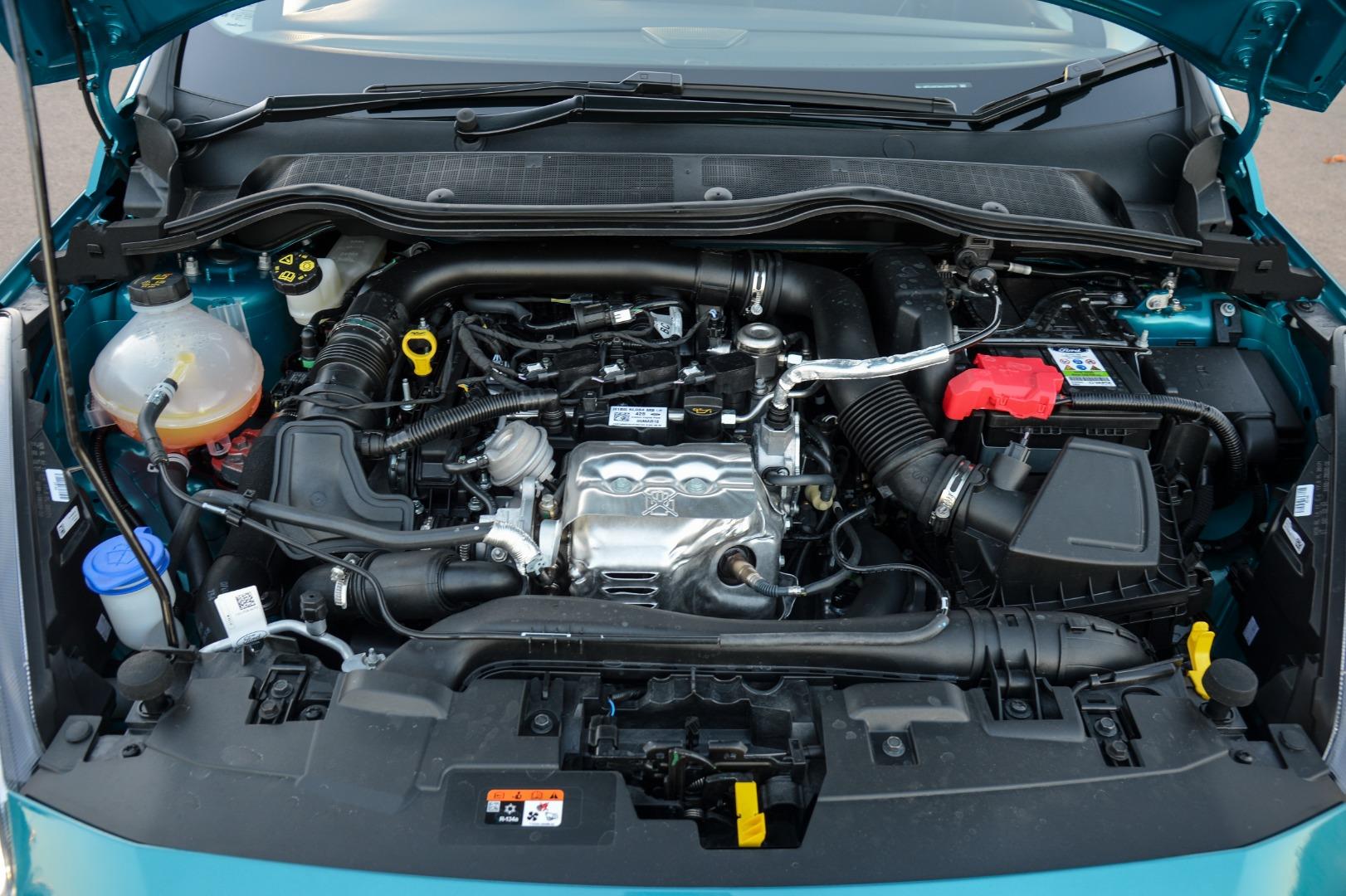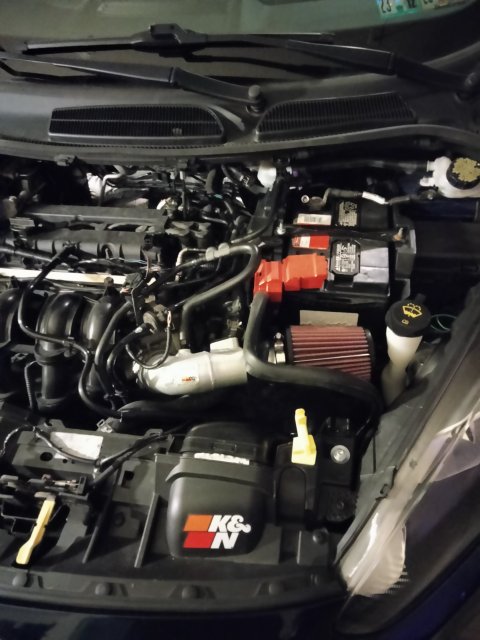Why Choosing the Right Ford Fiesta Engine Parts Matters for Longevity
Why Choosing the Right Ford Fiesta Engine Parts Matters for Longevity
Blog Article
Discovering the Advancement of Engines: From Classic Designs to Modern Marvels
From the preliminary heavy steam engines that powered the Industrial Change to the appearance of internal burning engines that transformed flexibility, each phase has actually contributed to higher effectiveness and capability. As we examine these landmarks, one must think about just how the future of engine style may unravel, testing our understandings of power and effectiveness.
The Birth of Engine Innovation
The advent of engine modern technology noted a crucial minute in human advancement, changing power conversion and transport. The earliest engines emerged from the requirement to harness mechanical power for sensible use, resulting in the advancement of tools that converted different power kinds right into activity. The idea of the engine can be traced back to ancient people, where simple equipments, such as the waterwheel and windmill, used all-natural pressures to perform work. Nevertheless, it was throughout the late 17th and very early 18th centuries that substantial advancements began to materialize.
The growth of the interior combustion engine and the innovation of the steam engine militarized an extensive change in industrial capabilities. These engines not only enhanced efficiency but also expanded the extent of human wheelchair, enabling unprecedented transport opportunities. The early models laid the groundwork for the mechanized globe, promoting the surge of markets and reshaping social structures.
As engine layouts progressed, they advanced and included innovative products engineering concepts, paving the method for modern advancements - ford fiesta engine. The birth of engine technology stired up a ruthless search of performance and power, setting the phase for the dynamic advancement of transportation and industrial equipment that would comply with
Steam Engines and Their Influence

The steam engine's influence was especially apparent in the transport industry (ford fiesta engine). Steam-powered locomotives promoted the fast movement of products and individuals across substantial distances, properly shrinking the geographical obstacles that had formerly hindered profession and communication. Steamships changed maritime travel, allowing for quicker and a lot more trusted crossings of rivers and oceans.
In industry, vapor engines powered factories, making it possible for mass manufacturing and the surge of urban facilities as centers of financial task. This shift not just modified labor characteristics however additionally contributed to the introduction of a consumer-driven culture. Heavy steam modern technology promoted technologies in engineering and production procedures, laying the groundwork for future developments in engine design. The heritage of steam engines is extensive, reflecting a pivotal minute in human resourcefulness and the relentless quest of progression.
The Increase of Internal Burning
Regularly eclipsing heavy steam power, the rise of interior burning engines noted a transformative change in transport and market during the late 19th and very early 20th centuries. The growth of these engines, identified by their capacity to shed fuel within the engine itself, made it possible for better effectiveness and power compared to traditional heavy steam engines. Pioneering creators such as Nikolaus Otto and Rudolf Diesel played essential duties in developing engine layouts, bring about prevalent adoption in automobiles, watercrafts, and industrial equipment.
The interior combustion engine's portable size and fairly lightweight nature assisted in the introduction of individual lorries, changing private mobility and improving urban landscapes. By allowing faster travel and the reliable transport of products, these engines catalyzed financial growth and cultivated globalization. The flexibility of fuel alternatives, consisting of gas and diesel, better enhanced their appeal, enabling varied applications across different sectors.
Regardless of the environmental problems that would later emerge, the initial appeal of internal burning innovation stocked its transformative capacity. As culture accepted this development, the foundation was laid for modern-day transport systems, establishing interior burning engines as a cornerstone of industrial innovation and day-to-day live throughout the 20th century.
Developments in Engine Effectiveness
As interior burning engines came to be indispensable to transportation and market, the focus shifted towards enhancing their effectiveness to fulfill growing demands for performance and sustainability. Developments in engine style, product scientific research, and technology have substantially added to this development.
One significant development is the advancement of turbocharging, which permits raised air consumption, resulting in more total gas combustion and enhanced power result without increasing the size of engine size. Additionally, variable shutoff timing systems have actually been implemented to optimize engine performance throughout numerous RPM varieties, consequently boosting gas performance.
The application of innovative gas injection innovations, such as direct injection, has likewise played a critical role. This technique permits more specific control over the fuel-air blend, promoting much better combustion and minimizing discharges. Furthermore, light-weight products, consisting of light weight aluminum and composite components, have been adopted to lower total engine weight, leading to improved performance.
These developments mirror a more comprehensive pattern within the automotive sector, where the harmony between engineering innovation and ecological factors to consider drives the ongoing quest for higher effectiveness in inner combustion engines. Because company website of this, contemporary engines are now more effective, cleaner, and effective than ever, leading the way for an extra sustainable future in transport.
The Change to Electric Power
With growing concerns over environmental impact and fossil gas dependence, the vehicle industry is experiencing a significant change in the direction of electrical power. This change is driven by a mix of technical developments, regulatory stress, and changing consumer choices. Electric lorries (EVs) offer a compelling choice to conventional interior burning engines, boasting lowered greenhouse gas discharges and reduced operating costs.
The increase of battery technology has actually been a video game changer, with useful link lithium-ion batteries coming to be a lot more efficient and cost-effective. Improved energy thickness and faster charging capabilities have actually made EVs much more useful for everyday usage. Governments worldwide are implementing incentives and setting enthusiastic targets for phasing out fossil fuel vehicles, consequently speeding up the fostering of electric power.
As charging infrastructure expands and battery modern technology continues to boost, the change to electric power is positioned to reshape the auto landscape, advertising sustainability and advancement in the years to come. The future of transport is electrical, and the energy is undeniable.
Conclusion
The advancement of engine innovation stands for a considerable trajectory of advancement that has profoundly influenced transport and industry. From the foundational heavy steam engines to the transformative interior burning engines, each development has actually added to improved flexibility and economic growth. The current transition towards electric power emphasizes an essential dedication to sustainability, driven by advancements in battery modern technology. This continuous development not only shows altering societal needs however likewise highlights the possibility for a cleaner and a lot more efficient future in engine style.

Report this page